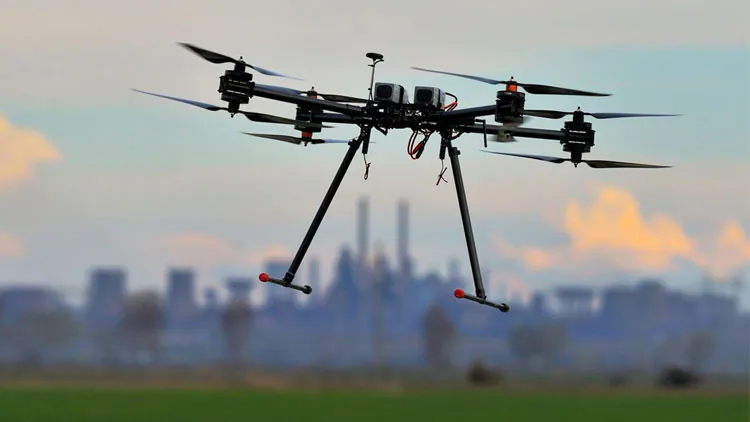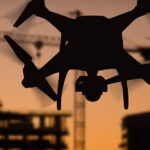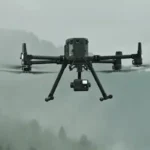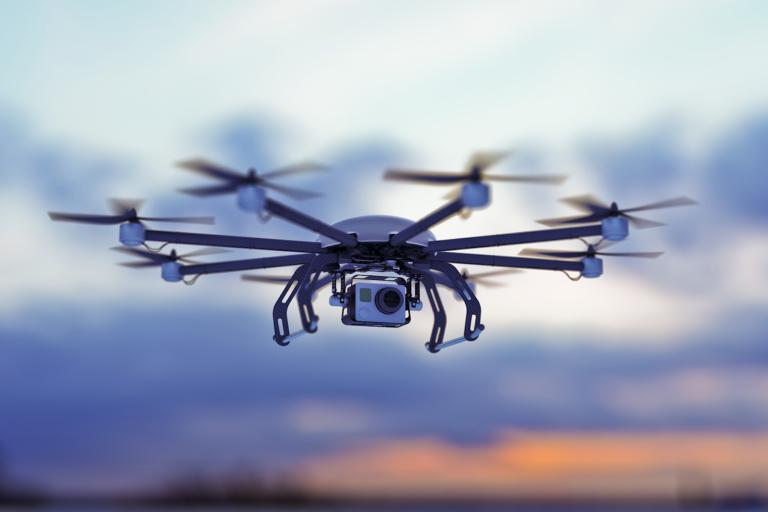
Brief Overview: Introduce the concept of obstacle avoidance in drones and its significance in the evolution of drone technology.
- Purpose and Scope: Explain the focus on how obstacle avoidance technology works, its benefits, and the future implications for drone usage.
Section 1: Understanding Obstacle Avoidance Technology
- Technical Explanation: Describe the sensors and algorithms that enable drones to detect and avoid obstacles.
- Types of Sensors Used: Discuss various sensors like LiDAR, ultrasonic, infrared, and visual systems, explaining how each contributes to obstacle detection.
Section 2: Applications of Obstacle Avoidance Drones
- Commercial Use: Explore how this technology is used in commercial drones for delivery, inspection, and surveying tasks.
- Consumer and Recreational Use: Highlight the importance of obstacle avoidance in consumer drones for photography, videography, and hobby flying.
- Emergency and Rescue Operations: Discuss the role of these drones in challenging environments like disaster zones, where navigation can be difficult.
Section 3: Advantages and Challenges
- Enhanced Safety and Reliability: Emphasize how obstacle avoidance increases the safety and reliability of drone operations.
- Operational Efficiency: Discuss how this technology allows for more autonomous drone flights, reducing the need for manual control.
- Limitations and Technical Challenges: Address the current limitations, such as difficulties in detecting thin or small objects, and the challenges in different environmental conditions.
Section 4: The Future of Obstacle Avoidance in Drones
- Emerging Technologies and Improvements: Explore ongoing developments in sensor technology and AI that could enhance obstacle avoidance.
- Potential Future Applications: Speculate on future uses in various fields, from urban air mobility to automated environmental monitoring.
Section 5: Choosing the Right Drone
- Considerations for Buyers: Offer advice on what to look for when choosing an obstacle avoidance drone, considering factors like price, use case, and technical specifications.
- Comparative Analysis: Optionally, include a comparison of popular drones with obstacle avoidance features on the market.
Conclusion:
- Summarize Key Insights: Reinforce the importance of obstacle avoidance technology in the current and future landscape of drone usage.
- Final Thoughts: Provide a perspective on the continuous innovation in drone technology and its impact on various industries.
Additional Elements:
- Interviews or Quotes: If possible, include insights from drone technology experts or users of obstacle avoidance drones.
- Infographics or Diagrams: Use visuals to explain how obstacle avoidance systems work in drones.








